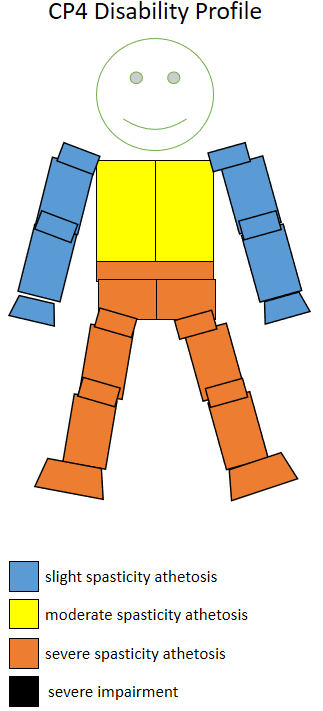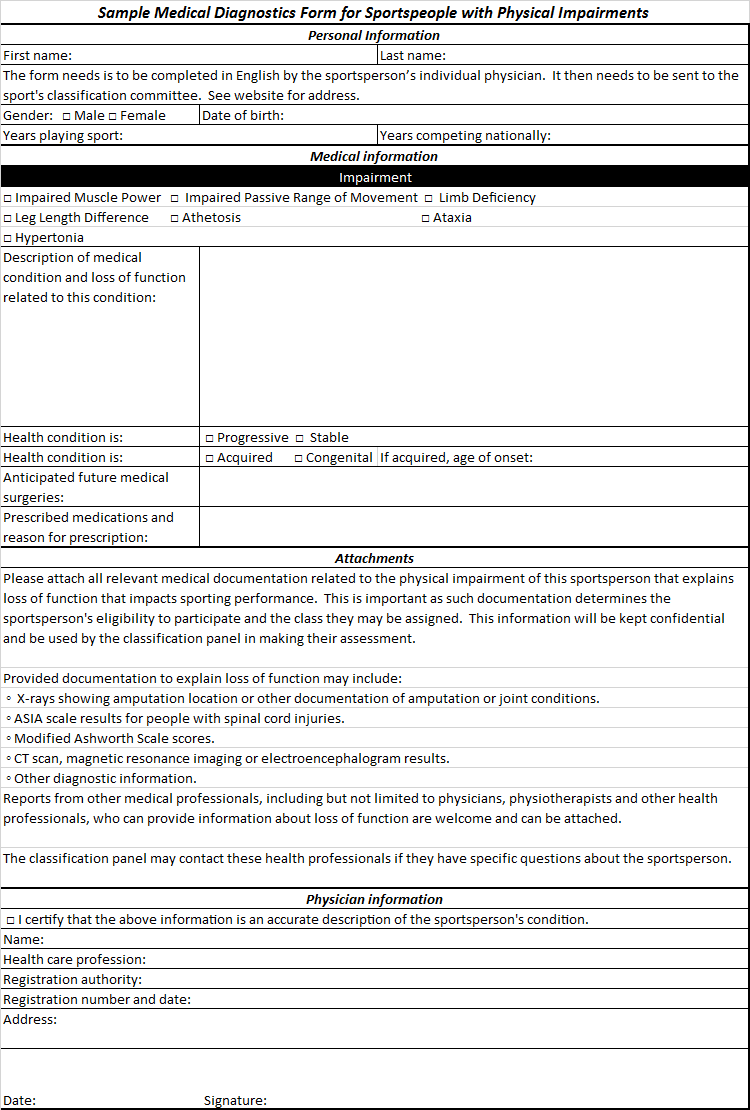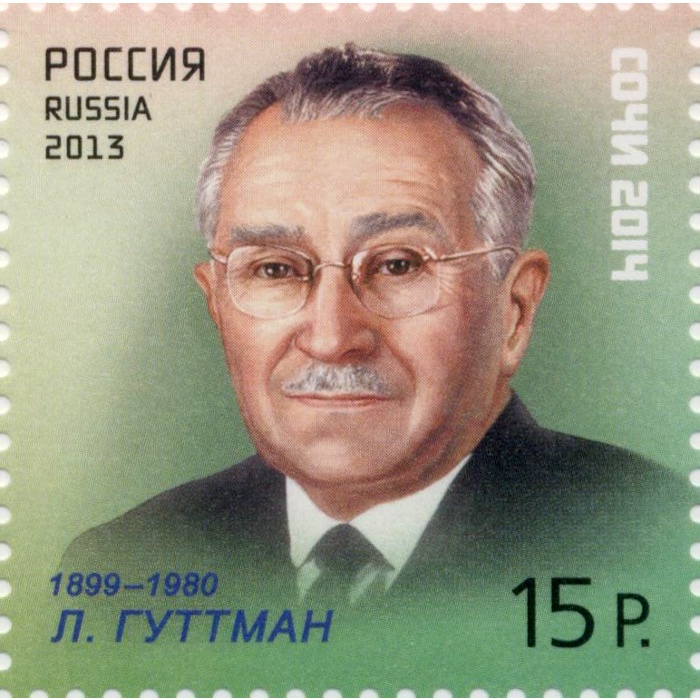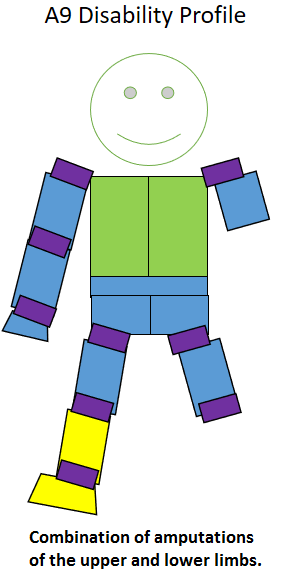|
CP4 (classification)
CP4 is a disability sport classification specific to cerebral palsy. In many sports, it is grouped inside other classifications to allow people with cerebral palsy to compete against people with other different disabilities but the same level of functionality. Compared lower number CP classes, they have fewer issues with head movement and trunk function. They tend to use wheelchairs on a daily basis though they may be ambulant with the use of assistive devices. Sports that CP4 athletes are eligible to participate in include athletics, cycling, skiing, slalom, swimming, wheelchair tennis, wheelchair fencing, wheelchair curling, wheelchair basketball, table tennis, sledge hockey, shooting, sailing, rowing, powerlifting, para-equestrian, race running and archery. In some of these sports, different classification systems or names for CP4 are used. When they attend a classifying event, they go with their wheelchair to avoid being put into an ambulatory class. Definition and partic ... [...More Info...] [...Related Items...] OR: [Wikipedia] [Google] [Baidu] |
Disability Sport Classification
Disability sports classification is a system that allows for fair competition between people with different types of disabilities. Historically, the process has been overseen by 2 groups: specific disability type sport organizations that cover multiple sports, and specific sport organizations that cover multiple disability types including amputations, cerebral palsy, deafness, intellectual impairments, les autres and short stature, vision impairments, spinal cord injuries, and other disabilities not covered by these groups. Within specific disability types, some of the major organizations have been: CPISRA for cerebral palsy and head injuries, ISMWSF for spinal cord injuries, ISOD for orthopaedic conditions and amputees, INAS for people with intellectual disabilities, and IBSA for blind and vision impaired athletes. Amputee sports classification is a disability specific sport classification used for disability sports to facilitate fair competition among people with different types ... [...More Info...] [...Related Items...] OR: [Wikipedia] [Google] [Baidu] |
Paralympic Games
The Paralympic Games or Paralympics, also known as the ''Games of the Paralympiad'', is a periodic series of international multisport events involving athletes with a range of physical disabilities, including impaired muscle power and impaired passive range of movement, limb deficiency, leg length difference, short stature, hypertonia, ataxia, athetosis, vision impairment and intellectual impairment. There are Winter and Summer Paralympic Games, which since the 1988 Summer Olympics in Seoul, South Korea, are held almost immediately following the respective Olympic Games. All Paralympic Games are governed by the International Paralympic Committee (IPC). The Paralympics has grown from a small gathering of British World War II veterans in 1948 to become one of the largest international sporting events by the early 21st century. The Paralympics has grown from 400 athletes with a disability from 23 countries in Rome 1960, where they were proposed by doctor Antonio Maglio, to 4, ... [...More Info...] [...Related Items...] OR: [Wikipedia] [Google] [Baidu] |
Bench Test For Disability Sports
Bench or The Bench can refer to: Furniture *Bench (furniture), a long seat *Workbench, a table at which manual work is done *Countertop or benchtop Arts * ''The Bench'' (2000 film), a Danish film * ''The Bench'' (TV series), a 2001 British series * ''The Bench'' (Hogarth), a painting by William Hogarth * ''The Bench'' (book), a 2021 children's book by Meghan, Duchess of Sussex Business * Bench (British clothing brand) *Bench (Philippine clothing brand) * Bench Accounting, a company Geology *Bench (geology), a long, relatively narrow strip of relatively level or gently inclined land of differing origins that is bounded by distinctly steeper slopes above and below it *Benches, steps cut into the side of open-pit mines Law and politics *Bench (law), the location where a judge sits while in court, often a raised desk in a courtroom; also refers to the judiciary as a whole, and to a group of judges hearing a case and judging on a case **Bench, the panel or body of justices of the pe ... [...More Info...] [...Related Items...] OR: [Wikipedia] [Google] [Baidu] |
S5 (classification)
S5, SB4, SM5 are disability swimming classifications used for categorizing swimmers based on their level of disability. The class includes people with a moderate level of disability, and includes people with full use of their arms and hands, but limited to no use of their trunk and legs. It also includes people with coordination problems. A variety of disabilities are represented by this class including people with cerebral palsy. The class competes at the Paralympic Games. Definition This classification is for swimming. In the classification title, S represents Freestyle, Backstroke and Butterfly strokes. SB means breaststroke. SM means individual medley. Swimming classifications are on a gradient, with one being the most severely physically impaired to ten having the least amount of physical disability. Jane Buckley, writing for the Sporting Wheelies, describes the swimmers in this classification as having: "full use of their arms and hands but no trunk or leg muscles; Swimme ... [...More Info...] [...Related Items...] OR: [Wikipedia] [Google] [Baidu] |
S4 (classification)
S4, SB3, SM4 are disability swimming classifications used for categorising swimmers based on their level of disability. Swimmers in this class have coordination problems affecting all four of their limbs, or have movement in their arms but no trunk or leg function. They also generally have weakness in their hands and arms. A variety of disabilities are represented by this class including people with quadriplegia from spinal cord injury or similar. Events this class can participate in include 50m and 100m Freestyle, 200m Freestyle, 50m Backstroke, 50m Butterfly, 50m Breaststroke, and 150m Individual Medley events. The class competes at the Paralympic Games. Sport This classification is for swimming. In the classification title, S represents Freestyle, Backstroke and Butterfly strokes. SB means breaststroke. SM means individual medley. Swimming classifications are on a gradient, with one being the most severely physically impaired to ten having the least amount of physical dis ... [...More Info...] [...Related Items...] OR: [Wikipedia] [Google] [Baidu] |
LW12
LW12 is a para-alpine and para-Nordic sit skiing ''sport class'' defined by the International Paralympic Committee (IPC). An LW12 skier needs to meet a minimum of one of several conditions including a single below knee but above ankle amputation, monoplegia that exhibits similar to below knee amputation, legs of different length where there is at least a 7 centimetres difference, combined muscle strength in the lower extremities less than 71. For international competitions, classification is done through IPC Alpine Skiing or IPC Nordic Skiing. For sub-international competitions, classification is done by a national federation such as Alpine Canada. For para-alpine, this class is subdivided into two subclasses.: LW12.1 and LW12.2. A new sit-skier competitor with only national classification will compete as LW12.2 in international competitions until they have been internationally classified. In para-alpine skiing, the skier uses a mono-ski, while para-Nordic skiers use a two ski s ... [...More Info...] [...Related Items...] OR: [Wikipedia] [Google] [Baidu] |
LW11
LW11 is a Para-alpine skiing classification, para-alpine and Para-Nordic skiing classification, para-Nordic sit skiing ''sport class'', a classification defined by the International Paralympic Committee (IPC for people with paralysis in the lower extremities and people with cerebral palsy that affects the lower half of the body. Outside of skiing, the competitor in this class is unable to walk. For international competitions, classification is done through IPC Alpine Skiing or IPC Nordic Skiing. For sub-international competitions, classification is done by a national federation such as Alpine Canada. In para-alpine skiing, the skier uses a mono-ski, while para-Nordic skiers use a two ski sit-ski. Skiers in this class use Outrigger ski, outriggers, and are required to wear special helmets for some para-alpine disciplines. In learning to ski, one of the first skills learned is getting into and out of the ski, and how to position the body in the ski in order to maintain balance. The sk ... [...More Info...] [...Related Items...] OR: [Wikipedia] [Google] [Baidu] |
LW10
LW10 is a para-alpine and para-Nordic sit-skiing classification for skiers who cannot sit up without support. For international skiing competitions, classification is conducted by IPC Alpine Skiing and IPC Nordic Skiing, while national federations such as Alpine Canada handle classification for domestic competitions. In para-alpine skiing, the skier uses a mono-ski, which is required to have breaks on both sides of the ski. The para-Nordic sit-ski configuration has two skis. Skiers in this class use outrigger skis for balance, as leverage to right themselves when they fall, and for turning. A factoring system is used in the sport to allow different classes to compete against each other when there are too few individual competitors in one class in a competition. Factoring for the 2011/2012 alpine ski season was done based on subclass, with LW10.1 factoring being 0.7234 for Slalom, 0.7794 for Giant slalom, 0.7942 for super-G and 0.8004 for downhill, and LW10.2 factoring being 0 ... [...More Info...] [...Related Items...] OR: [Wikipedia] [Google] [Baidu] |
T1 (classification)
T1 is a para-cycling classification. It is for athletes with severe locomotive dysfunctions, and insufficient balance to use a regular bicycle. The class includes a number of different disability types including cerebral palsy. The class only competes in road events and uses tricycles (hence the "T" in T1). Definition PBS defined this classification as "Tricycle 1 (T1) is for athletes with severe locomotor dysfunction and insufficient balance for cycling." In 1997, this classification was defined by Alison Gray in ''Against the odds : New Zealand Paralympians'' as: tetraplegic - almost no use of trunk, arms and hands". Gray noted this classification was for wheelchair athletes. ''The Telegraph'' defined this classification in 2011 as "T 1-2: Athletes on tricycles, who have severe locomotive dysfunctions and limited ability to pedal" Disability groups File:CP1 disability profile.png, Disability type for CP1 classified sportspeople File:CP2 disability profile.png, Disability t ... [...More Info...] [...Related Items...] OR: [Wikipedia] [Google] [Baidu] |
F56 (classification)
F56 is a disability sport classification for disability athletics for people who compete in field events from a seated position. The seating field event class used to be known as lower 4, upper 5. Different disability groups compete in this class, including people with amputations and spinal cord injuries. Events that may be on the program for F56 competitors include the discus throw, shot put and javelin. Definition International Paralympic Committee defined this classification on their website in July 2016, "Athletes have full arm and trunk muscle power. Pelvic stability is provided by some to full ability to press the knees together. Hip abductor and hip extensor muscles are typically absent. Equivalent activity limitations are seen in athletes with bilateral high above knee amputations. Athletes with some but non-functional muscle power in the lower limbs will also fit in this class." The Spectator Guide for the Rio Paralympics defines the class as, "wheelchair athletes ( ... [...More Info...] [...Related Items...] OR: [Wikipedia] [Google] [Baidu] |
Powerlifting
Powerlifting is a strength sport that consists of three attempts at maximal weight on three lifts: squat, bench press, and deadlift. As in the sport of Olympic weightlifting, it involves the athlete attempting a maximal weight single-lift effort of a barbell loaded with weight plates. Powerlifting evolved from a sport known as "odd lifts", which followed the same three-attempt format but used a wider variety of events, akin to strongman competition. Eventually odd lifts became standardized to the current three. In competition, lifts may be performed equipped or un-equipped (typically referred to as 'classic' or 'raw' lifting in the IPF specifically). Equipment in this context refers to a supportive bench shirt or squat/deadlift suit or briefs. In some federations, knee wraps are permitted in the equipped but not un-equipped division; in others, they may be used in both equipped and un-equipped lifting. Weight belts, knee sleeves, wrist wraps, and special footwear may also be u ... [...More Info...] [...Related Items...] OR: [Wikipedia] [Google] [Baidu] |
F55 (classification)
F55 is a disability sport classification for disability athletics for people who compete in field events from a seated position. Sportspeople in this class have full arm function, partial trunk function and no lower limb function. Different disability groups compete in this class, including people with spinal cord injuries. The classification was previously known as lower 3, upper 4. Sport International Paralympic Committee defined this classification on their website in July 2016, "Athletes have full function of the arms and partial to full trunk muscle power. There is no movement in the lower limbs. Athletes with bilateral hip disarticulations are appropriately placed in this class." The Spectator Guide for the Rio Paralympics defines the class as, "wheelchair athletes (effects of polio, spinal cord injuries and amputations)" People competing in the seated position in this class generally have good balance, good trunk rotations and can move their upper body backwards and ... [...More Info...] [...Related Items...] OR: [Wikipedia] [Google] [Baidu] |








